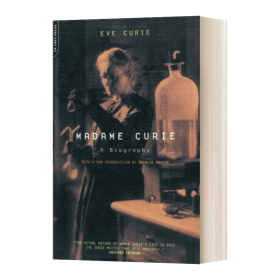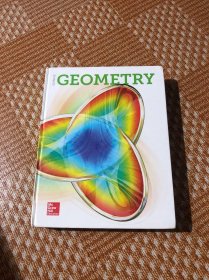
Taxicab Geometry: An Adventure in Non-Euclidean GeometryEugene F. Krause
书籍内容简介可联系客服查阅,查书找书开票同样可以联系客服
¥ 108 ¥ 108 九五品
仅1件
广东广州
认证卖家担保交易快速发货售后保障
作者Eugene F. Krause
出版社Dover Publications
ISBN9780486252025
出版时间1987-01
装帧平装
定价108元
货号YB-85737
上书时间2024-06-30
- 最新上架
商品详情
- 品相描述:九五品
- 商品描述
-
内容摘要
This entertaining, stimulating textbook offers anyone familiar with Euclidean geometry — undergraduate math students, advanced high school students, and puzzle fans of any age — an opportunity to explore taxicab geometry, a simple, non-Euclidean system that helps put Euclidean geometry in sharper perspective. In taxicab geometry, the shortest distance between two points is not a straight line. Distance is not measured as the crow flies, but as a taxicab travels the "grid" of the city street, from block to block, vertically and horizontally, until the destination is reached. Because of this non-Euclidean method of measuring distance, some familiar geometric figures are transmitted: for example, circles become squares. However, taxicab geometry has important practical applications. As Professor Krause points out, "While Euclidean geometry appears to be a good model of the 'natural' world, taxicab geometry is a better model of the artificial urban world that man has built." As a result, the book is replete with practical applications of this non-Euclidean system to urban geometry and urban planning — from deciding the optimum location for a factory or a phone booth, to determining the most efficient routes for a mass transit system. The underlying emphasis throughout this unique, challenging textbook is on how mathematicians think, and how they apply an apparently theoretical system to the solution of real-world problems.
相关推荐
— 没有更多了 —






















以下为对购买帮助不大的评价